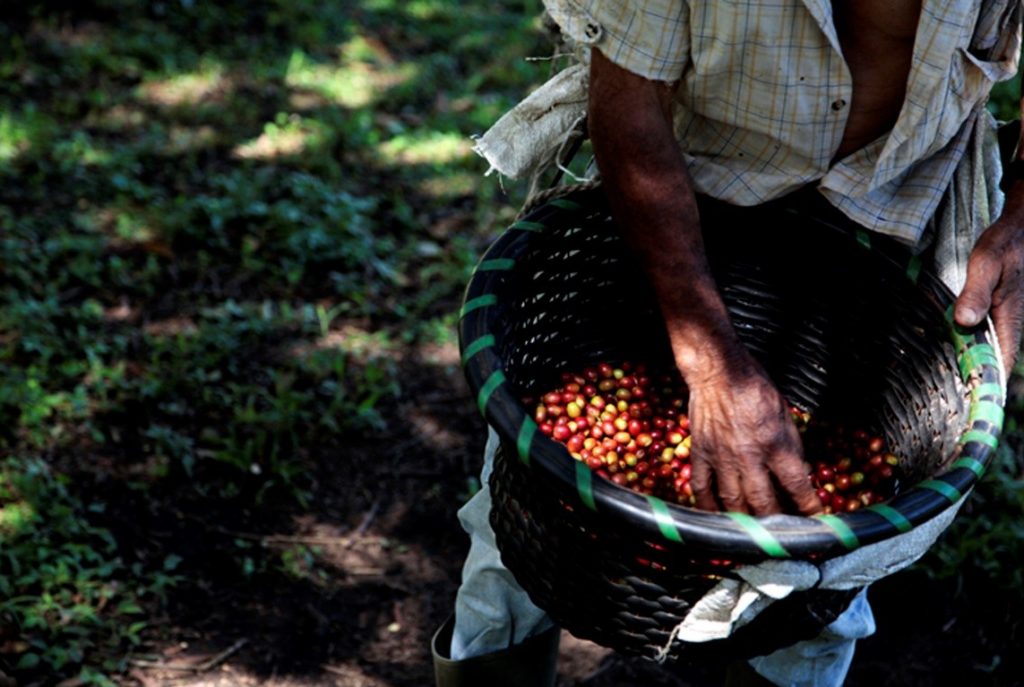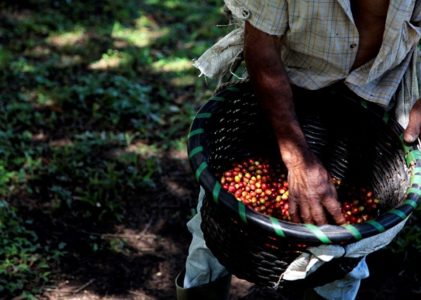
“We should never have allowed ourselves to get into this situation.” This was a sentiment expressed more than once by partners of the GFCF during a series of online conversations we hosted following the USAID stop-work order back in February. The reliance – even dependency – of large sections of southern civil society on international donor funding has long been an uncomfortable truth in our sector. A truth that has been easy to bat away, a can kicked down the road, tomorrow’s business. All of it perilously resting on the assumption of the current funding paradigm.
The collapse of USAID has thrust the entire system of international and humanitarian development aid into chaos. The specific circumstances surrounding the dismantling of USAID have been extreme and even brutal. However, when it comes to who funds civil society and – the increasingly urgent need to support alternative forms of social finance – the writing has been on the wall for some time. Firstly, the global rise of populist right-wing, anti-pluralist movements, as well as other recent shifts in global politics, have already led to previous significant cuts in foreign development assistance. As a result, there has been a slow erosion of previously held norms as to the humanitarian, political, or moral purpose of aid.
“A basket woven by many hands will never hunger because those who share its threads guard its abundance as their own.”
Secondly, governments around the world – from Brazil to Uganda to India – have been getting increasingly creative with policies and legislation to restrict the flow of international money to civil society in the Global South. The Trump regime is merely the latest on an already well-worn path of weaponizing nationalism and “foreign agent” narratives aimed at criminalizing civil society and restricting the flow of external money.

In the mainstream system, however, attention has been elsewhere. The much-vaunted localization agenda which emerged out of the recognition of a system failure, has been focused on getting more external money to local organizations to deliver projects and programs directly. It has increased the water pressure in the funding “tap” to local actors, where success depends on an organization’s ability to mirror the structures of compliance and accountability required by the international system to keep the money coming. So, while localization has been about the acceleration of external funding flows, little attention has been paid to the importance of supporting organizations to build their own independent resources and autonomy. In short, to ensure their credibility and local accountability as trusted and credible actors in their domestic contexts.
In a system shaped by big money, “burn rates”, time-bound programmes and upward accountability to external funders, there has been a little interest in the role – actually, even the idea – of local resources as a pathway towards civil society sustainability and true local ownership. That they might be harnessed and blended with other different kinds of resources to combine the “cold money” of the international donor system with the “warm money” of communities. “Cold” because some professionals working in donor agencies only see their role as that of moving money. “Warm,” because a contribution made by a community member represents a deliberate choice made, another expense forgone, a demonstration of trust, faith, solidarity, dissent, collective action towards the issues that matter to them.
For local civil society, international aid has been a double-edged sword. On the one hand, it has cushioned local organizations from the immediate anxieties of resourcing their work. On the other, it has overshadowed and undermined the existence of local resources, perpetuated power imbalances and alienated organizations from local constituencies.
Since 2006, the GFCF has partnered with over 300 organizations in 75 countries around the world to support local organizations to grow community philanthropy – not just as a matter of money, but as a proposition rooted in ownership, participation and power. Our network includes multiple examples and practices that speak to the power of community philanthropy in action, from Tewa – Women’s Fund of Nepal, which has a base of over 8,000 local donors in Nepal, to 40-40, a Ugandan organization supporting early education with over 400 local donors, or Fondo Acción Solidaria A.C. (FASOL), a socio-environmental fund in Mexico supporting communities to mobilize local resources in response to forest fires.
Community philanthropy lies at the heart of the #ShiftThePower movement, whose Manifesto for Change calls for a shift away from a system “premised on and organized around the transfer of funds”, and invites a vision of a system that “recognizes, respects and builds on local resources and assets, rather than overlooks, undermines or displaces [them].” It does not seek to replace international resources, but rather to co-mingle them with local ones. By doing so, it creates new forms of horizontal power and flattens power dynamics. As we reflect on transformation, we must consider the future of civil society cannot be merely bankrolled from without. International organizations must follow where local organizations want to go. To build alternative local resources, we must blend them with international money, so that civil society can be co-owned, co-funded and less fragile.
Jenny Hodgson, Executive Director of the GFCF, and Eshban Kwesiga, Knowledge Weaving and Influencing Manager at the same organization, originally published this article through Humentum as part of a series exploring a new era for global development.
